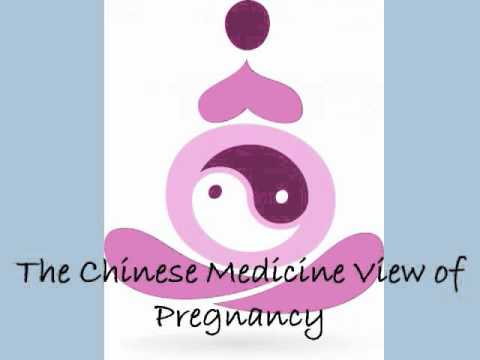During Pregnance
Acupuncture is safe – and effective – during pregnancy.
Acupuncture is not a substitute for Western prenatal medical care. Instead, it offers complementary care that has many benefits. And because acupuncture has very few side effects, many pregnant women now seek this alternative to drug therapy for a number of common pregnancy complaints.
The modern practice of acupuncture is based on historical diagnostic theories, with roots for treatment in pregnancy that go back for over 2,000 years. But its use today relies on modern, evidence-based medicine and standards of safety. For example, acupuncture by licensed practitioners has strict standards for needle sterility and safety.
Studies have shown acupuncture to be effective for stress, morning sickness, hip and low back pain, breech position, mild to moderate depression, labor induction, and shortening the length of labor.
Skilled acupuncturists provide complementary treatment for a number of additional pregnancy complications, as well. And research is now focusing on the routine use of acupuncture to enhance wellness during pregnancy and labor.
Acupuncture may also help with fertility. Studies show that acupuncture can increase the chances that assisted reproductive technologies (ART) will result in a live birth by 10 to 15 percent or more, for example.
A search of peer-reviewed scientific studies doesn’t unearth a single study that points to any increased risk from the use of acupuncture in pregnancy or labor. A 2002 study conducted at the Women’s & Children’s Hospital at Adelaide University in Australia on the safety of acupuncture for nausea in early pregnancy verified that there is no increased risk of congenital anomalies, miscarriage, stillbirth, placental abruption, pregnancy-induced hypertension, preeclampsia, premature birth, or normal measures of neonatal health (such as maturity or birth weight) when women receive acupuncture during pregnancy.
The study was conducted during the first trimester of pregnancy, when fetal development is most vulnerable. These results have been replicated at other research institutions worldwide.
